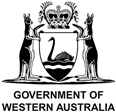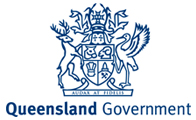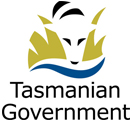Dioxins
Note that the DGVs are expressed in nanograms per litre (ng/L).
The DGVs and associated information supersede the information on Dioxins in ANZECC/ARMCANZ (2000).
Due to the DGVs being derived using only data from fish, which are known to be highly sensitive to dioxins relative to most other freshwater biota, the DGVs may be over-protective in freshwater ecosystems where fish are not present. Assessment of the risks of dioxins to aquatic ecosystems should always adopt a weight of evidence approach that, wherever possible, also considers sediment and tissue concentrations.
These DGVs and the information in the corresponding DGVs technical brief for this toxicant should be used in accordance with the detailed guidance provided on the Australian and New Zealand Guidelines for Fresh and Marine Water Quality website.









Recommended for adoption for slightly-to-moderately disturbed ecosystems. Value may be below current analytical detection limits. See Accounting for local conditions for guidance on what to do in the event guideline values are below analytical detection limits.